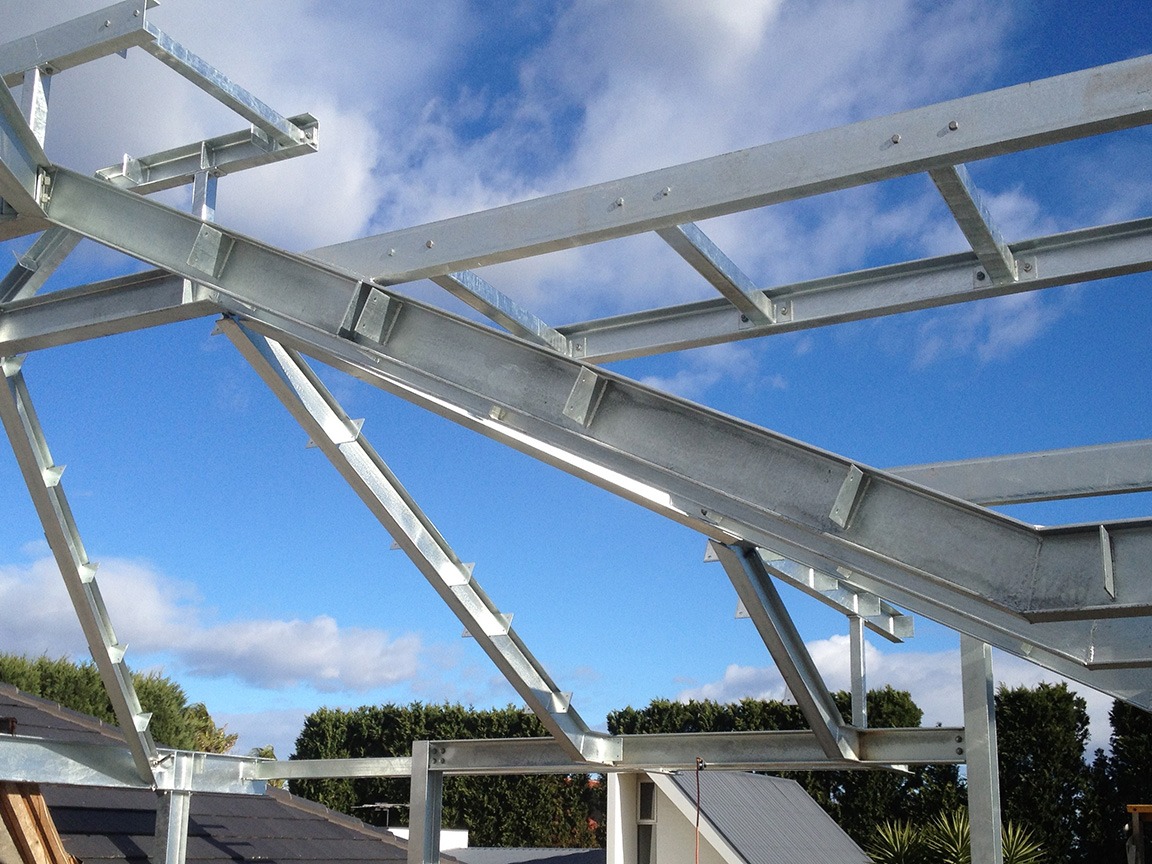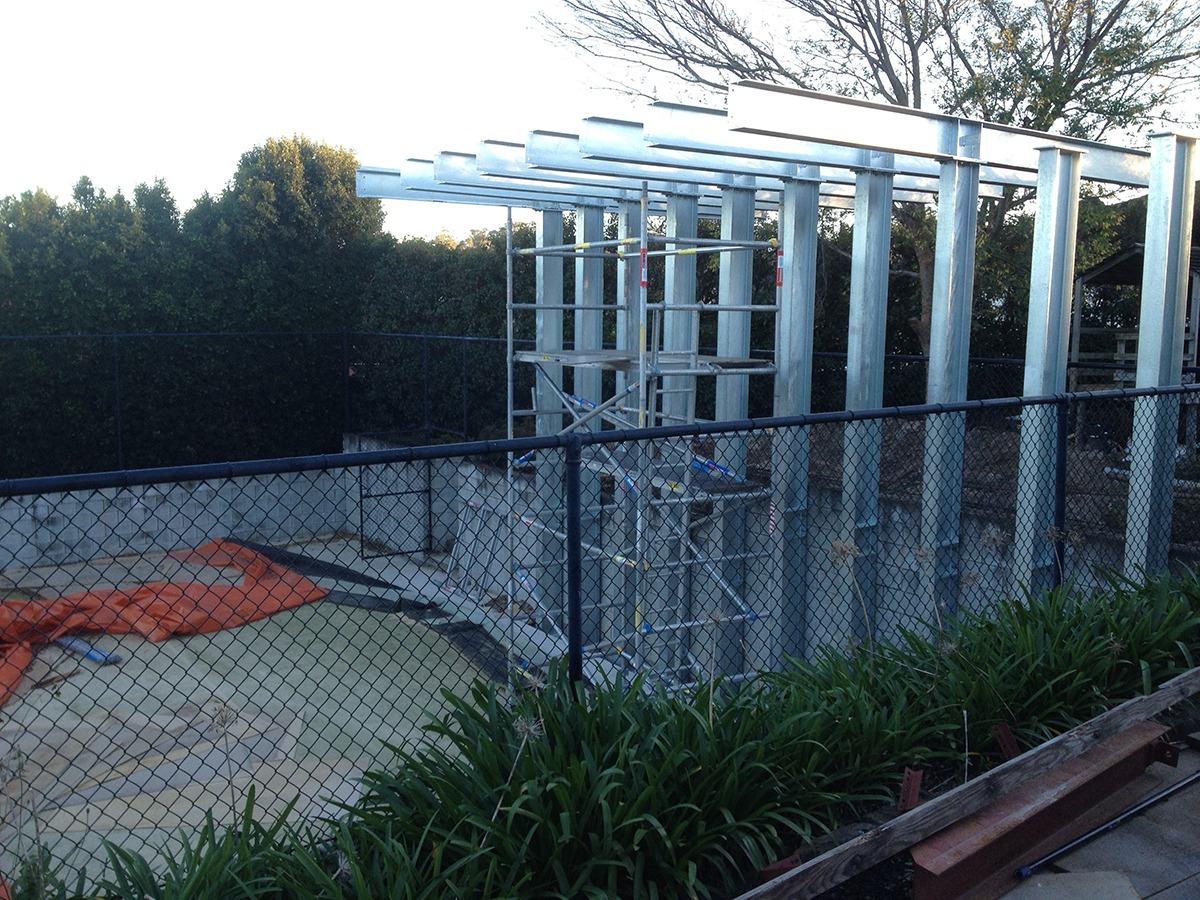The impressive performance qualities of steel have increased popularity and demand for the product in recent years. Whether used to construct a skyscraper or a house, steel is unmatched in its extreme versatility and strength. The diverse nature of steel allows for a finish to suit any design aesthetic. But did you know there is a significant difference between hot rolled steel and cold rolled steel?
Rolling refers to the metalworking process of a material being passed through rolls, then flattened and shaped. This can include: roll bending, roll forming, profile rolling, flat rolling and ring rolling. The most important part of this process is the temperature of steel being rolled.

There are some fundamental differences between hot and cold rolled steel. These relate to the processing, finish and performance of the end product. Here is a look at the difference between hot rolled steel and cold rolled steel.
Hot Rolled Steel
Hot rolled steel refers to rolling steel high above the recrystalisation temperature to produce sheets or other shapes. This method is typically favoured in projects where the precise shape, dimensions and tolerance of steel is not fundamental.
• Hot rolled steel may have several distinctive traits such as:
• Scaled surface
• Round edges and corners
• Less predictable shape
This process is well suited to projects where large-scale amounts of steel need to be forged into a specific design. As the process is more malleable than cold rolled steel, there is more versatility to shape the product. Hot rolled steel is ideal for use of manufactured steel sections such as I Beams and simple cross sections.
This type of steel reconfigures during the heating and cooling practice. As such, the end result is less durable and less tolerant than cold rolled steel. Steel is subject to shrinking while cooling. There is then less control in shaping hot rolled steel.
Hot rolled steel will have a rough, scaled finish after the cooling process. This is known as an oxide and is formed by the high temperature. This type of steel is suitable for projects where a smoother finish is not necessary. The scaled finish can still be removed by grinding or pickling. This results in a more suitable surface to paint or coat.
As hot rolled steel can be manufactured more quickly than cold rolled steel, it is often a cheaper alternative.

Cold Rolled Steel
Cold rolled steel is the process of rolling steel below the recrystalisation temperature. This is achieved by cooling the steel to a temperate where it is no longer flexible. The metalworking process is suited to smaller projects or products such as bars, strips, rods and sheets. Cold rolling is an effective way to form steel products needing great durability and tolerance.
• Cold rolled steel may have several distinctive traits such as:
• Smooth surface
• Precise edges and corners
• Straightness
Cold rolled steel is made in a similar way to hot rolled steel but involves more processing. Steel is cooled at room temperate and then rolled into a specific dimension. Through this strain hardening method, the strength of the steel is increased as much as 20 per cent.
This type of steel product allows for more precise shaping than hot rolled products. As such, they are not as versatile in style. Cold rolled steel is generally only formed in round, square and flat shapes.
The finish of cold rolled steel products is smoother and more superior than hot rolled counterparts. For this reason, it is suitable where a sleeker look or design is needed. Due to its high level of tolerance, concentricity and straightness, it is generally more expensive than the hot rolled alternative.
Rolled Steel With Steel Fabrication Services
Whether you need hot rolled steel or cold rolled steel, if you are considering steel for any construction purposes and would like a professional opinion, we can help.
Our team of expert structural steel fabricators have the experience and knowledge to answer any of your questions and will ensure that you find the best solution to suit your needs. To contact us today, simply call, fax, email or drop by our Brookvale location.
While you’re here, read more about steel and its uses:
Explaining The Process Of Steel Fabrication
